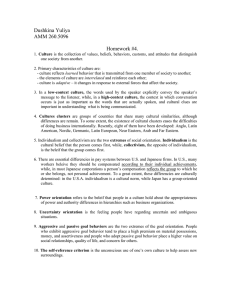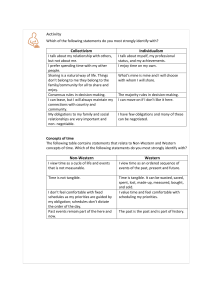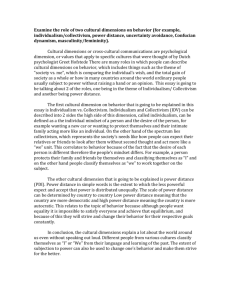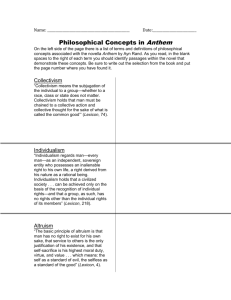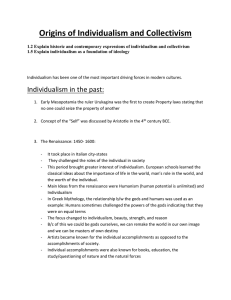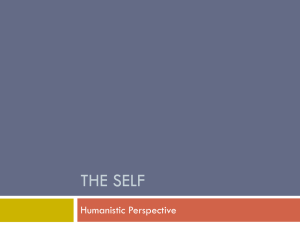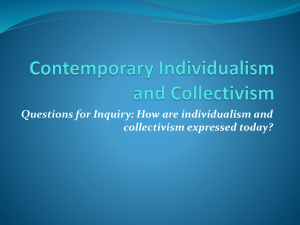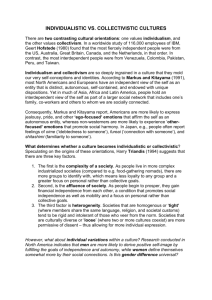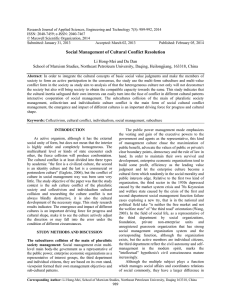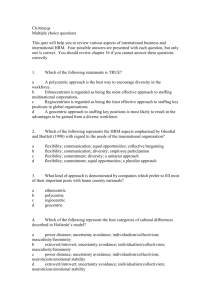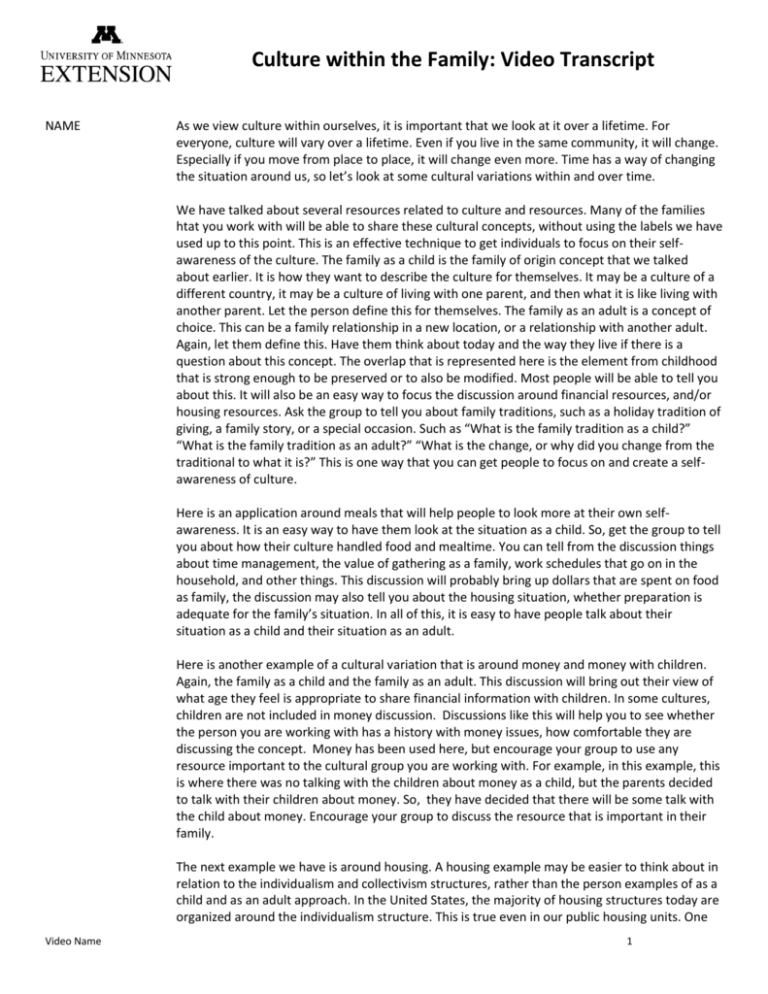
Culture within the Family: Video Transcript
NAME
As we view culture within ourselves, it is important that we look at it over a lifetime. For
everyone, culture will vary over a lifetime. Even if you live in the same community, it will change.
Especially if you move from place to place, it will change even more. Time has a way of changing
the situation around us, so let’s look at some cultural variations within and over time.
We have talked about several resources related to culture and resources. Many of the families
htat you work with will be able to share these cultural concepts, without using the labels we have
used up to this point. This is an effective technique to get individuals to focus on their selfawareness of the culture. The family as a child is the family of origin concept that we talked
about earlier. It is how they want to describe the culture for themselves. It may be a culture of a
different country, it may be a culture of living with one parent, and then what it is like living with
another parent. Let the person define this for themselves. The family as an adult is a concept of
choice. This can be a family relationship in a new location, or a relationship with another adult.
Again, let them define this. Have them think about today and the way they live if there is a
question about this concept. The overlap that is represented here is the element from childhood
that is strong enough to be preserved or to also be modified. Most people will be able to tell you
about this. It will also be an easy way to focus the discussion around financial resources, and/or
housing resources. Ask the group to tell you about family traditions, such as a holiday tradition of
giving, a family story, or a special occasion. Such as “What is the family tradition as a child?”
“What is the family tradition as an adult?” “What is the change, or why did you change from the
traditional to what it is?” This is one way that you can get people to focus on and create a selfawareness of culture.
Here is an application around meals that will help people to look more at their own selfawareness. It is an easy way to have them look at the situation as a child. So, get the group to tell
you about how their culture handled food and mealtime. You can tell from the discussion things
about time management, the value of gathering as a family, work schedules that go on in the
household, and other things. This discussion will probably bring up dollars that are spent on food
as family, the discussion may also tell you about the housing situation, whether preparation is
adequate for the family’s situation. In all of this, it is easy to have people talk about their
situation as a child and their situation as an adult.
Here is another example of a cultural variation that is around money and money with children.
Again, the family as a child and the family as an adult. This discussion will bring out their view of
what age they feel is appropriate to share financial information with children. In some cultures,
children are not included in money discussion. Discussions like this will help you to see whether
the person you are working with has a history with money issues, how comfortable they are
discussing the concept. Money has been used here, but encourage your group to use any
resource important to the cultural group you are working with. For example, in this example, this
is where there was no talking with the children about money as a child, but the parents decided
to talk with their children about money. So, they have decided that there will be some talk with
the child about money. Encourage your group to discuss the resource that is important in their
family.
The next example we have is around housing. A housing example may be easier to think about in
relation to the individualism and collectivism structures, rather than the person examples of as a
child and as an adult approach. In the United States, the majority of housing structures today are
organized around the individualism structure. This is true even in our public housing units. One
Video Name
1
nuclear family lives together in space for adults and a space for children. So in communities
where the family unit is multi-generational and the housing unit is multi-generational, resources
for the families will be different. One of the kinds of things that are standards that we will want
to look at is something like “what is in the individualism aspect?” Where the family has their
private space, where there’s separate bedroom space for children. We view that only needy
adults live with their parents. This is in contrast to that adults share responsibilities and maintain
the home in the collectivism structure.
Use this visual to have a discussion with your group. Talk about what you can observe about
living in a different location. Can you see any differences from one location to another? Can you
see any differences across culture? Remember, changes occur within individuals regardless of
living where a family of origin is predominantly from a collectivism or individualism structure.
What we are interested in is the change over time and the differences from one place to
another.
© 2013, Regents of the University of Minnesota. All rights reserved.
To learn more about Building Awareness of Culture & Resources, visit http://www.extension.umn.edu/family/%20personal-finance/culture-and-resources/buildingawareness-of-culture-and-resources/
University of Minnesota Extension is an equal opportunity educator and employer. In accordance with the Americans with Disabilities Act, this video is available in
alternative formats upon request. Direct requests to 612-626-6602.
Building Awareness of Culture & Resources: Panel Introduction Video Transcription
2

